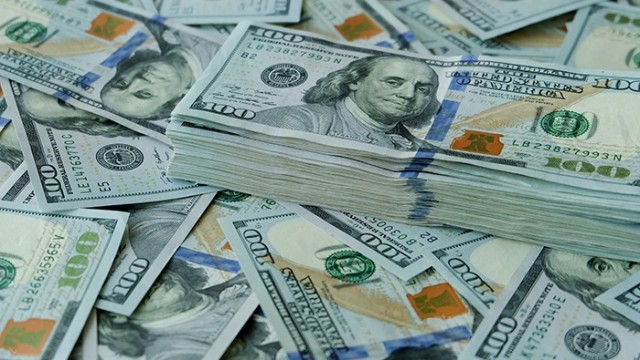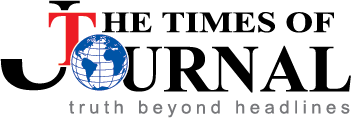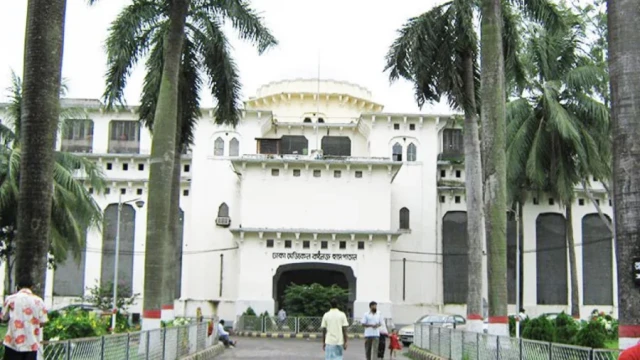১৩ আষাঢ় ১৪৩২
Forex reserves top $30bn after 2yrs

After two years, Bangladesh’s foreign currency reserves have crossed the $30 billion mark once again. This rebound is attributed to financial assistance from three international lending agencies. The last time reserves reached this level was in June 2023.
After two years, Bangladesh’s foreign currency reserves have crossed the $30 billion mark once again. This rebound is attributed to financial assistance from three international lending agencies. The last time reserves reached this level was in June 2023.
According to Bangladesh Bank, the reserve increase was due to loan support from the International Monetary Fund (IMF), Asian Development Bank (ADB), and Japan International Cooperation Agency (JICA).
On Thursday night (June 26), Bangladesh Bank’s Executive Director and spokesperson, Arif Hossain Khan, confirmed the matter to the media.
He stated that the reserves were boosted by $1.34 billion from the IMF in two installments, $900 million from the ADB, and additional assistance from JICA. As a result, the total reserves have surpassed $30 billion.
Sources from Bangladesh Bank reported that by the end of Thursday, the total foreign currency reserves stood at $30.51 billion. According to the IMF’s Balance of Payments and International Investment Position Manual (BPM6) method, the reserve exceeds $25 billion.
If short-term liabilities are excluded, the remaining amount is considered the net or actual reserve. Apart from that, Bangladesh Bank also calculates another form of reserve known as the “usable reserve,” which is not published officially. In this calculation, funds under Special Drawing Rights (SDRs), banks’ foreign currency clearing accounts, and ACU (Asian Clearing Union) bills are excluded.
Relevant sources said that, by this method, Bangladesh’s usable reserve is currently close to $20 billion. With this amount, the country can cover over three and a half months of imports at a rate of $5.5 billion per month. Generally, reserves equivalent to three months of import bills are considered safe.
After the fall of the Awami League government, remittance inflows through formal channels increased as more expatriates sent money legally. This brought some stability to the foreign exchange market and reduced pressure on reserves. Bangladesh Bank has not sold dollars from reserves for the past 10 months. During the same period, over $5 billion entered the country through bank and revenue sector reforms, budget support, and loan assistance. These factors have contributed to the rising reserve. According to economists, this reserve will play a crucial role in maintaining market stability.
In August 2021, Bangladesh Bank's reserves peaked at $48 billion. However, during the Awami League government, extensive capital flight, increased post-COVID import expenses, and trade deficits put significant pressure on the reserves. The current account deficit also surged at one point.
The depreciation of the taka against the dollar negatively affected import and fuel prices. To tackle the crisis, Bangladesh Bank started selling dollars from reserves, leading to a rapid decline in reserve levels. In July 2022, Bangladesh applied to the IMF for a $4.7 billion loan to address the situation.
The loan was primarily sought due to falling reserves, current account deficit, and devaluation of the taka during the tenure of the then Awami League government.
END/RT/ED









Comments here: